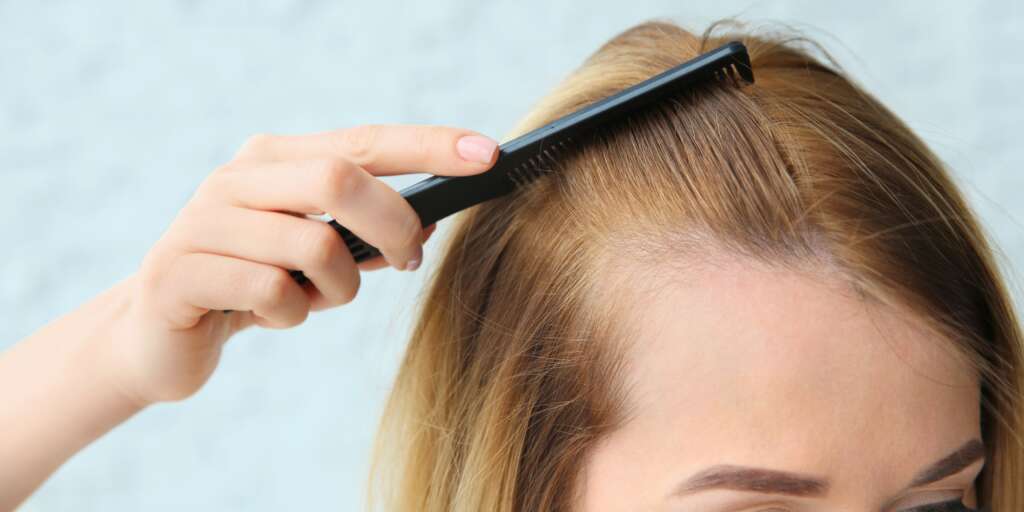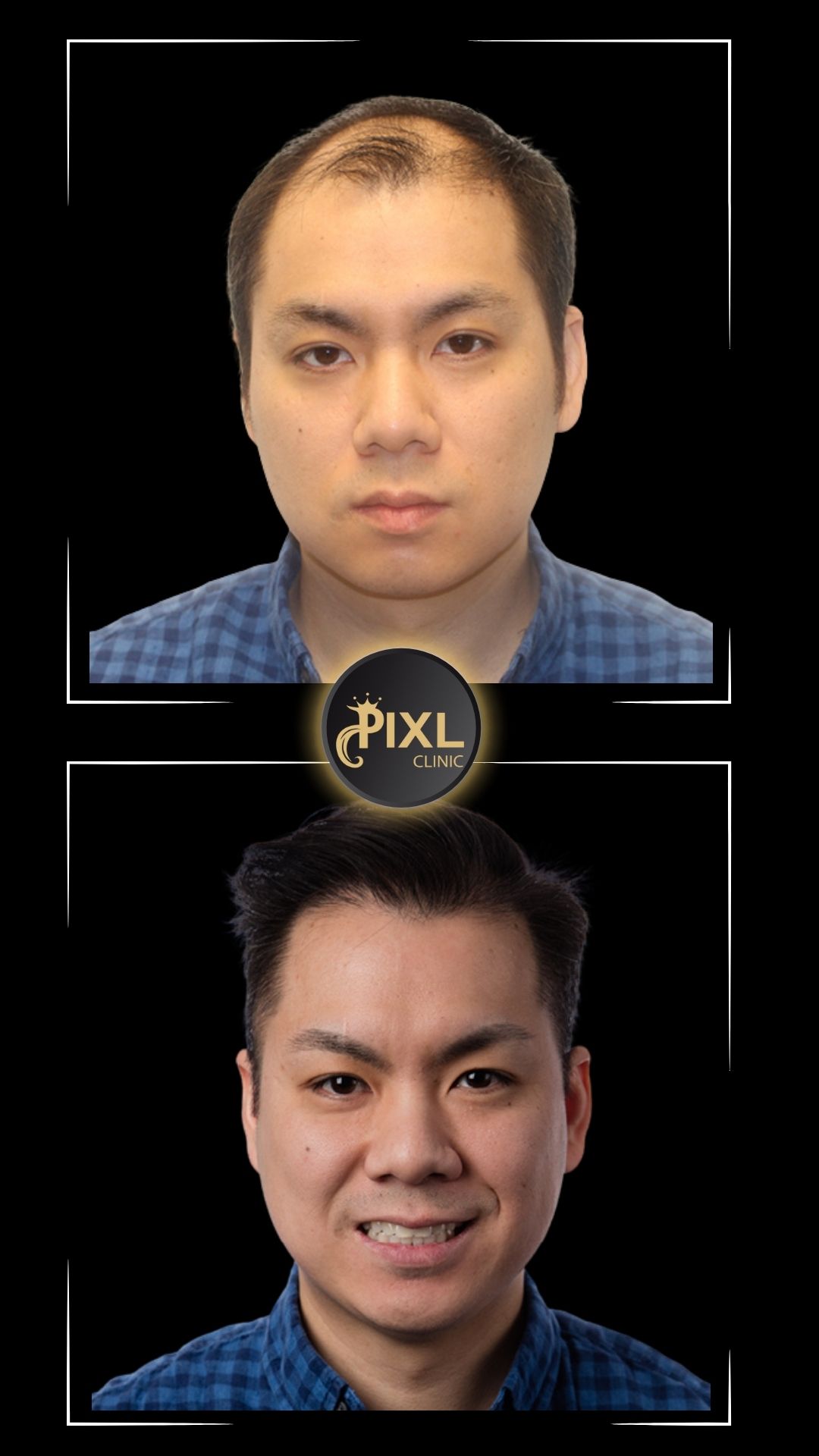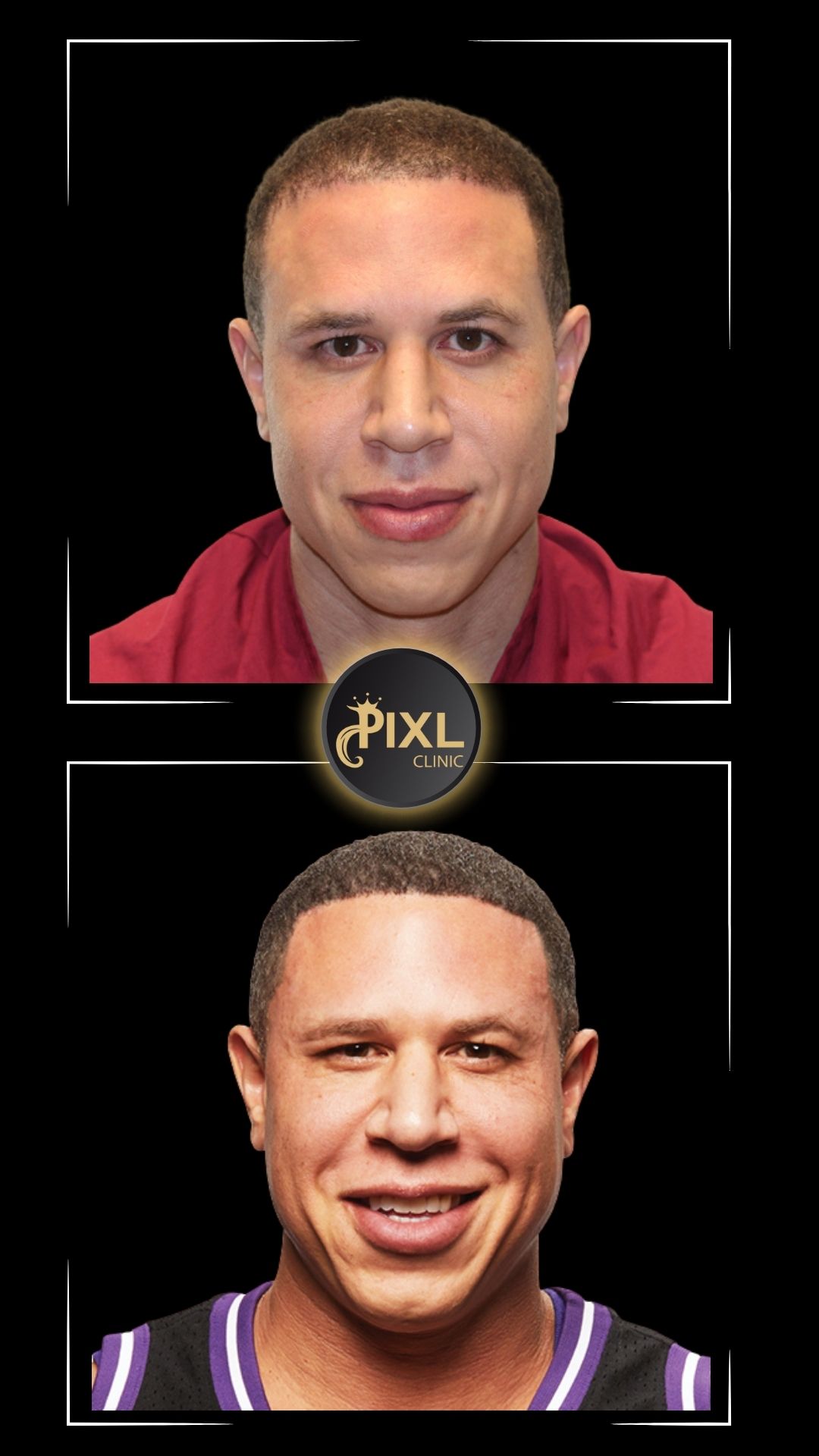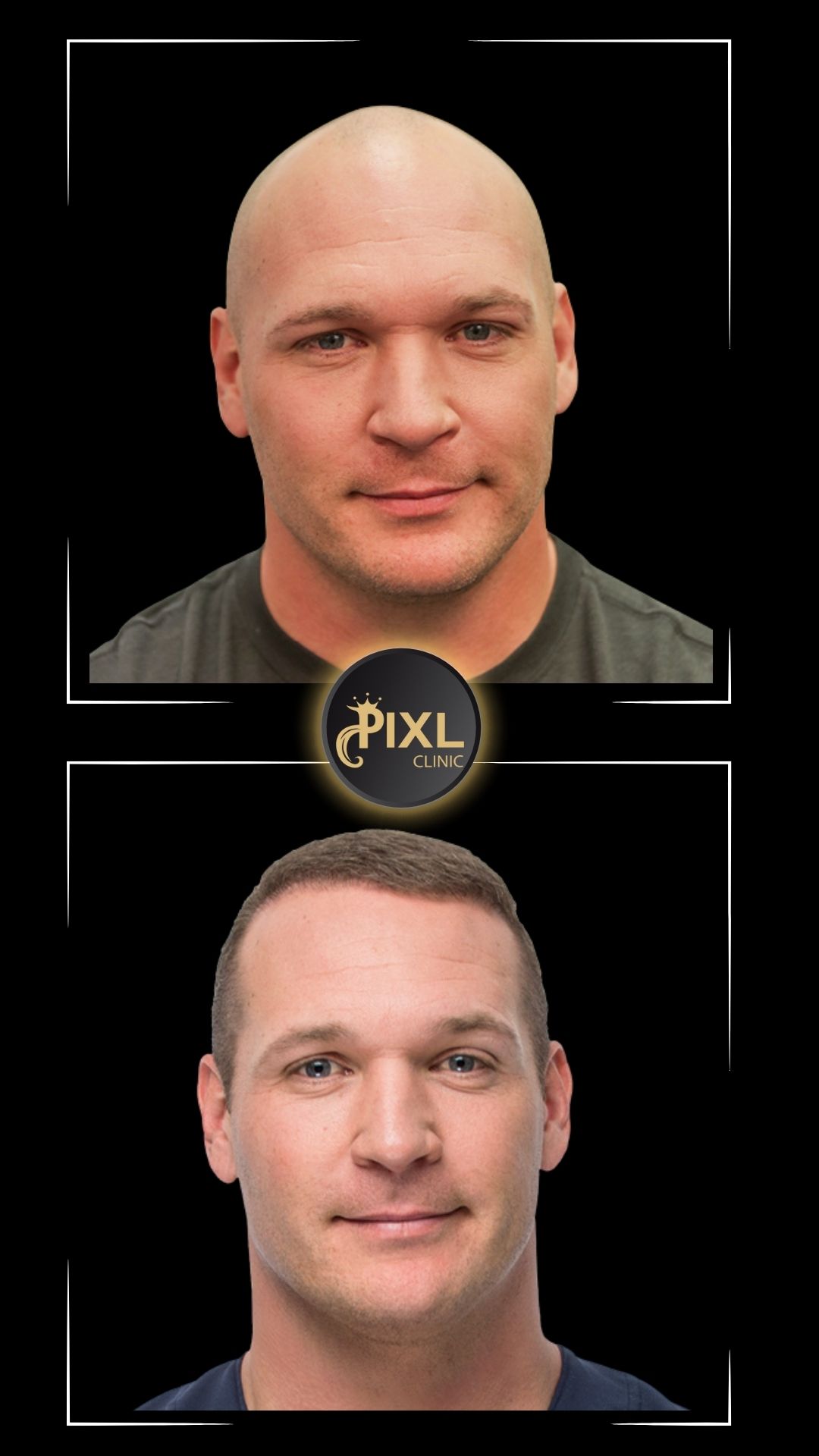Can You Change Your Hair Texture with a Hair Transplant?
Hair transplants have become a popular solution for those experiencing hair loss or thinning. But beyond restoring hair density, some people wonder if a hair transplant can also change the texture of their hair. Whether you’re looking to transform curly locks into straight strands or vice versa, it’s essential to understand what a hair transplant can and cannot achieve.
Understanding Hair Transplants
A hair transplant is a surgical procedure that moves hair follicles from one part of the body (usually the back or sides of the scalp, known as the donor area) to the thinning or balding areas (the recipient area). The two primary methods are Follicular Unit Transplantation (FUT) and Follicular Unit Extraction (FUE). Both techniques focus on relocating hair follicles to promote natural growth in sparse areas.

The Role of Hair Follicles in Determining Texture
Hair texture—whether it’s straight, wavy, curly, or coily—is determined by the shape of the hair follicle and the angle at which it emerges from the scalp. Straight hair comes from round follicles, while oval or elliptical follicles produce wavy or curly hair. These characteristics are genetically encoded within the hair follicles themselves.
Can a Hair Transplant Change Your Hair Texture?
Short Answer: Generally, no. A hair transplant cannot change your natural hair texture because the transplanted hair retains the characteristics of the donor area.
When hair follicles are moved from the donor area to the recipient area, they continue to produce hair that matches their original texture. For instance, if straight hair follicles are transplanted, they will produce straight hair in the new location. Similarly, curly hair follicles will produce curly hair.
Factors That Might Influence Perceived Texture Changes
While the fundamental texture doesn’t change, some patients notice slight variations post-transplant. Here’s why:
- Hair Thickness: Transplanted hair may appear thicker or coarser, especially if the donor hair comes from a different area with naturally thicker strands.
- Growth Patterns: The angle and direction at which the surgeon implants the follicles can affect how the hair grows, potentially altering the perceived texture.
- Post-Surgical Effects: Temporary changes like swelling, scabbing, or shock loss (temporary thinning of existing hair) can make the hair look different until full healing occurs.
Using Body Hair for Transplants
In some cases, especially when scalp donor hair is insufficient, surgeons might use body hair (from the chest, beard, etc.) for transplantation. Since body hair often has a different texture than scalp hair, this can introduce a different texture to the transplanted area. However, this practice is less common and typically reserved for specific circumstances.
Managing Expectations
If you’re considering a hair transplant primarily to change your hair texture, it’s crucial to adjust your expectations. Hair transplants are designed to restore hair growth in thinning or balding areas, not to alter the genetic makeup of your hair follicles.
For those looking to change their hair texture, non-surgical methods like chemical treatments (perms, relaxers) or styling techniques are more appropriate. Always consult with a professional stylist or dermatologist to explore these options safely.
Conclusion
A hair transplant is an effective way to address hair loss, but it won’t change your natural hair texture. The transplanted hair will behave just like it did in its original location, maintaining the same curl pattern, thickness, and growth rate. If you’re interested in altering your hair texture, discuss alternative treatments with a qualified professional to find the best solution for your needs.
FAQ: Changing Hair Texture with a Hair Transplant
Can a hair transplant change my natural hair texture?
No, a hair transplant cannot change your natural hair texture. The transplanted hair retains the characteristics of the donor area, including texture, color, and growth patterns.
If I have curly hair, will the transplanted hair be curly too?
Yes, if the donor hair is curly, the transplanted hair will also be curly. The hair follicles maintain their original properties after transplantation.
Can I choose a different hair texture for my transplant?
No, you cannot choose a different hair texture. Since the procedure uses your own hair follicles, the transplanted hair will match the texture of the donor site.
Does the source of donor hair affect the texture of transplanted hair?
Yes, the donor hair’s characteristics determine the transplanted hair’s texture. If donor hair is taken from an area with thicker or coarser hair, the transplanted hair may reflect those qualities.
Can body hair be used for a hair transplant to change texture?
In some cases, body hair (like beard or chest hair) is used when scalp donor hair is insufficient. While body hair can have a different texture, it’s typically used sparingly and may not blend seamlessly with scalp hair.
Will the transplanted hair grow differently in the new location?
The transplanted hair will grow similarly to how it did in the donor area. However, the angle and direction of implantation can slightly influence its appearance.
Why might my hair texture seem different after a transplant?
Temporary factors like swelling, scabbing, or shock loss can make the hair appear different post-surgery. These effects usually subside as the scalp heals.
Can styling or treatments change the texture of transplanted hair?
Yes, non-surgical methods like chemical treatments (perms, relaxers) or styling techniques can alter the appearance of your hair texture temporarily.
Is it possible to get straighter hair through a transplant if my hair is curly?
No, because the transplanted hair will mirror the texture of your donor hair. To achieve straighter hair, consider styling methods or treatments instead.
Can hair transplants help with conditions like frizzy or dry hair?
Hair transplants address hair loss and do not treat hair quality issues like frizziness or dryness. Hair care products and treatments are better suited for these concerns.
Are there risks associated with using body hair for scalp transplantation?
Using body hair can result in a mismatch of texture and growth cycles. It’s generally considered when scalp donor hair is insufficient, and a surgeon will discuss potential risks and outcomes.
Will the color of my transplanted hair match my existing hair?
Yes, the transplanted hair will retain the color characteristics of the donor area. If there’s a color difference, it might be noticeable.
Can I undergo a hair transplant to make my hair thicker or coarser?
If the donor hair is thicker or coarser, the transplanted area may reflect these traits. However, the overall change might be subtle.
Should I consider a hair transplant if I want to change my hair’s appearance but not address hair loss?
A hair transplant is not recommended solely for changing hair appearance or texture. It’s intended to restore hair in thinning or balding areas.
What are my options if I want to change my hair texture?
Consider non-surgical methods like chemical treatments or consult a professional stylist for advice on achieving your desired hair texture safely.

















